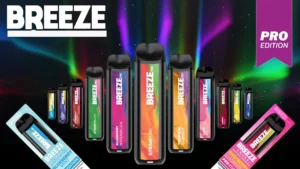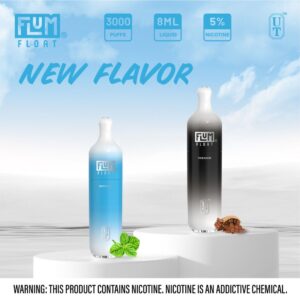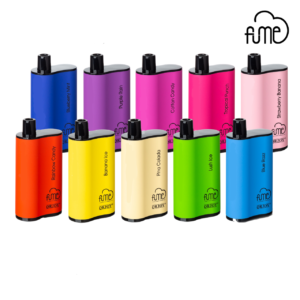In recent years, the vaping industry has seen a proliferation of flavored e-liquids, catering to a wide range of tastes and preferences. Among these flavors, caffeine-flavored vapes have emerged as a controversial category, raising concerns among health professionals, policymakers, and the public alike. This article explores the rationale behind advocating for legislation to restrict or prohibit the sale of caffeine-flavored vapes, emphasizing the potential risks and societal impacts of these products.
Understanding Caffeine-Flavored Vapes
Caffeine-flavored vapes simulate the taste and aroma of caffeine, often without containing actual caffeine as an ingredient. These products appeal to consumers who enjoy the flavor of coffee, energy drinks, or caffeinated beverages, offering a novel vaping experience that mimics familiar tastes associated with caffeine consumption.
Health Concerns and Risks
While caffeine itself is widely consumed in beverages like coffee and tea, its introduction into the vaping realm raises unique health concerns:
- Youth Appeal: Flavors play a significant role in attracting young people to vaping. Caffeine-flavored vapes may entice adolescents and young adults who are already susceptible to the allure of flavored nicotine products, potentially leading to nicotine addiction and subsequent tobacco use.
- Misleading Perception: The availability of caffeine-flavored vapes could create a perception that vaping is a harmless activity akin to drinking coffee. This misconception undermines efforts to educate the public, especially young individuals, about the risks associated with nicotine addiction and vaping-related health issues.
- Health Implications: Vaping, even without nicotine, poses potential health risks due to exposure to harmful chemicals and aerosols. While caffeine-flavored vapes may not contain nicotine, the long-term health effects of inhaling flavored e-liquids are not yet fully understood, necessitating caution and regulatory scrutiny.
Regulatory and Legislative Landscape
In response to growing concerns, several jurisdictions have taken steps to regulate flavored vaping products, including bans on certain flavors deemed appealing to youth. However, the regulation of caffeine-flavored vapes remains a contentious issue:
- Public Health Advocacy: Health organizations and advocacy groups argue for stricter regulations or outright bans on caffeine-flavored vapes to protect vulnerable populations, including minors and non-users who may be inadvertently exposed to vaping aerosols.
- Industry Response: The vaping industry, while advocating for self-regulation and age restrictions, contends that adults should have access to a variety of flavor options, including caffeine flavors, as part of harm reduction strategies for smokers transitioning to vaping.
Ethical and Social Considerations
Beyond health concerns, the debate over caffeine-flavored vapes touches on broader ethical and social considerations:
- Marketing to Youth: Critics argue that the marketing and sale of caffeine-flavored vapes exploit youthful curiosity and preferences, potentially normalizing vaping behavior among underage individuals.
- Parental Concerns: Parents and educators express alarm over the proliferation of flavored vaping products and their impact on youth initiation and addiction, urging policymakers to prioritize public health and safety in regulatory decisions.
Conclusion: Toward Responsible Regulation
As the debate over flavored vaping products continues, the issue of caffeine-flavored vapes underscores the need for evidence-based policymaking and comprehensive public health strategies. Advocates for regulation emphasize the precautionary principle, urging legislators to prioritize youth protection and public health over commercial interests.
In conclusion, while caffeine-flavored vapes may appeal to some consumers, their potential risks and societal impacts warrant careful consideration and legislative action. By restricting or banning the sale of these products, policymakers can mitigate harm, protect vulnerable populations, and promote responsible vaping practices aligned with public health goals.





